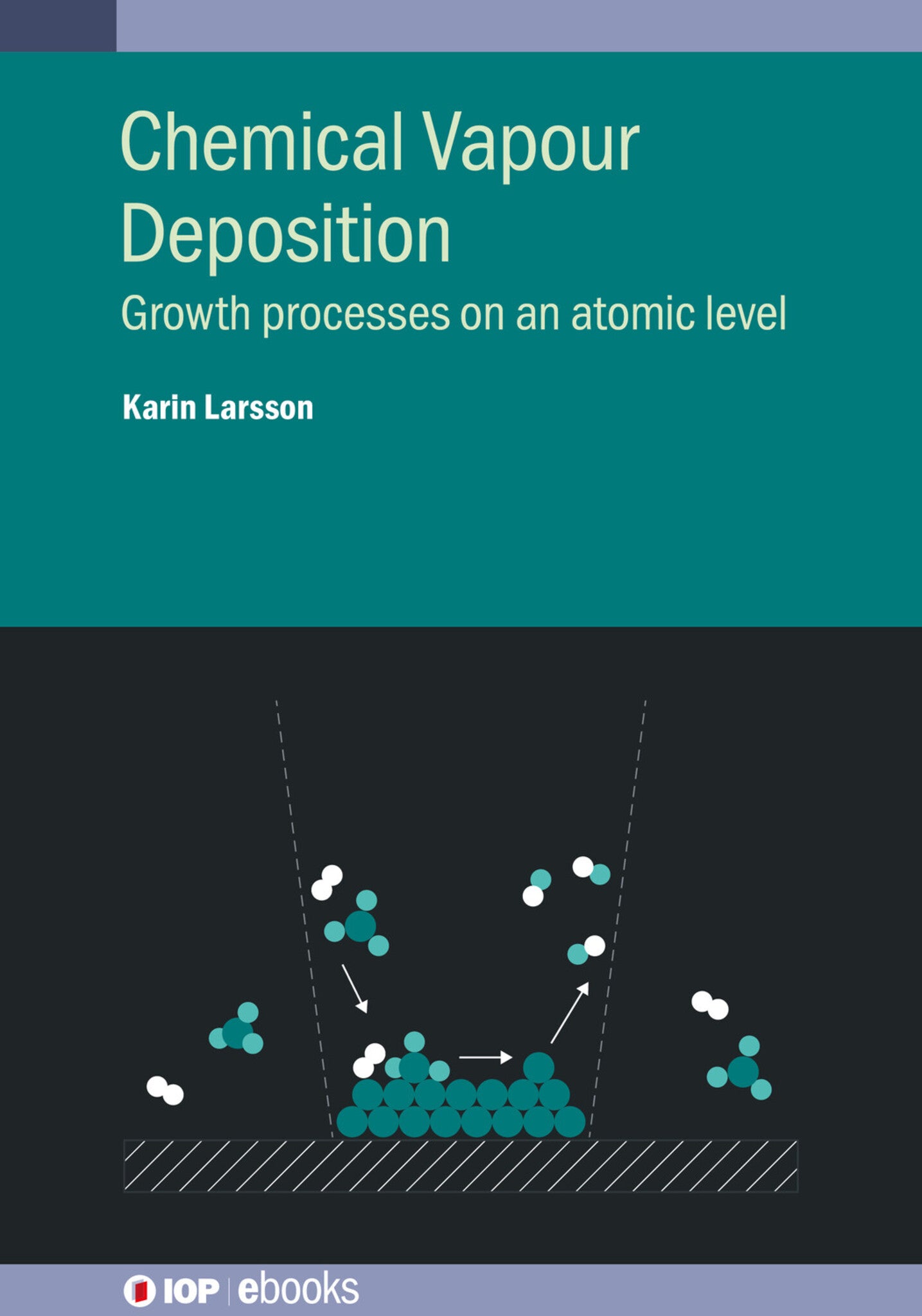We're sorry. An error has occurred
Please cancel or retry.
Chemical Vapour Deposition

Some error occured while loading the Quick View. Please close the Quick View and try reloading the page.
Couldn't load pickup availability
- Format:
-
08 December 2022

Chemical vapour deposition (CVD) is a vacuum deposition method used to produce high-quality, high-performance, solid materials. This is the first book to cover CVD growth processes at the atomic level using a combination of theoretical and experimental tools, including density functional theory (DFT) calculations. By demonstrating the methodology behind the modelling and simulation of CVD growth processes, the text provides guidance and practical advice on how to acquire successful theoretical results. Worked examples, case studies, end-of-chapter summaries and animations of atomic-level surface processes are included to aid learning. After reading this text, researchers and students will have the knowledge they need to tailor-make desired growth processes for the deposition of materials with specific properties.
Key Features:
- Covers CVD growth processes at the atomic level using a combination of theoretical and experimental tools
- Provides the knowledge required to tailor-make desired growth processes for the deposition of materials with specific materials properties
- Covers the main principles of CVD and the growth processes of the most common types of materials
- Enables the reader to design new experimental setups, develop new materials with specific properties, interpret experimental results, and develop theoretical tools
- Includes worked examples, case studies, end-of-chapter summaries and animations of atomic-level surface processes

TECHNOLOGY & ENGINEERING / Materials Science / Thin Films, Surfaces & Interfaces, Surface chemistry and adsorption, SCIENCE / Chemistry / Physical & Theoretical, SCIENCE / Chemistry / Industrial & Technical, Solid state chemistry, Engineering applications of surface coatings and films

I. Introduction
II. Theoretical aspects
III. Cavity QED
IV. Circuit QED
V. Trapped ions
VI. Waveguide cavity QED
VII. Other physical systems
VIII. Extensions
IX. Conclusions - the next 50 years
References
Index



